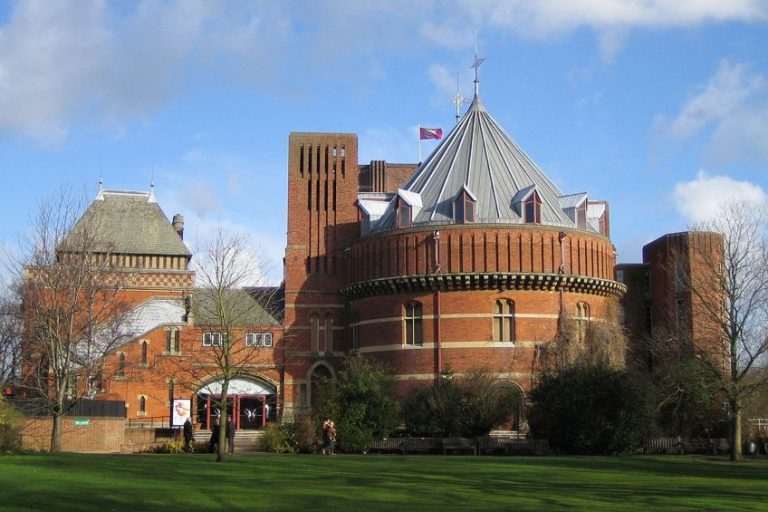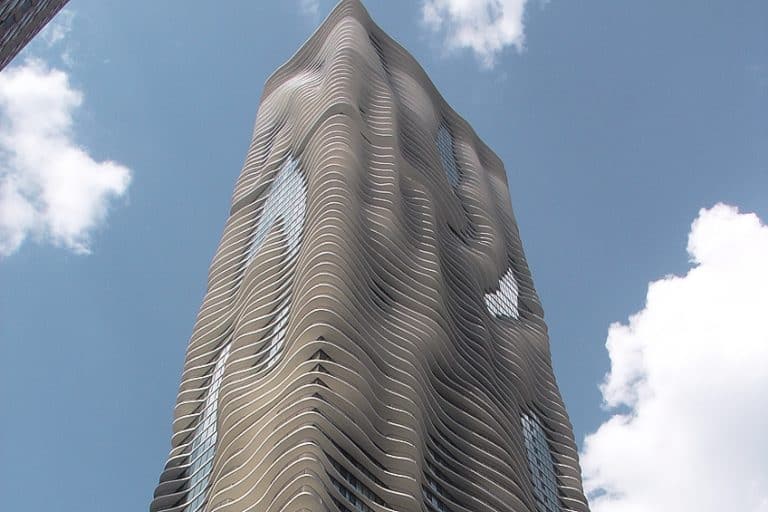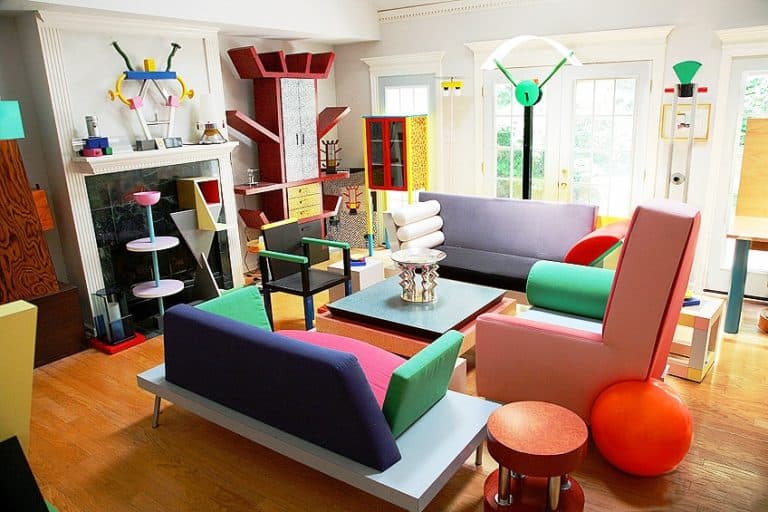Maya Lin – A Look at the Life and Works of Architect Maya Lin
Who is Maya Lin? Even if she never created another object, Maya Lin’s Vietnam Memorial, her very first commission, would establish her as one of the most inventive designers of the 20th century. The Memorial in Washington, D.C., a city noted for its enormous monuments, has become one of the city’s most recognizable landmarks. Her utilization of a simple, low-slung wall to mimic the contour of the natural environment became a trademark characteristic of Maya Lin’s artwork.
A Maya Lin Biography
| Nationality | American |
| Date of Birth | 5 October 1959 |
| Date of Death | N/A |
| Place of Birth | Athens, Ohio |
Architect Maya Lin takes a minimalistic perspective toward public art by adding something that appears to be an afterthought yet nevertheless fits. In her exterior works, swells of dirt disturb the grassy terrain so subtly that if one is not observing the piece from far above or far away, someone might just not see them. Maya Lin’s sculptures retain an underlying environmental concern, intellectually and aesthetically echoing the sweeping shapes of faraway geographic areas.
Lin’s 35-year history of private and public art skillfully blends the theoretical and natural worlds in a journey that started with a controversy.
Childhood
Maya Lin was born in 1948 to Chinese academics who had escaped China as the Communist revolution was taking place. Her birthplace of Athens, Ohio, is recognized for its industry and agriculture, but it is also the location of Ohio University, an institute that was important to her growing up. Her mother, poet Julia Chang Lin, was a linguistics professor at the institution, and her father, ceramicist Henry Huan Lin, was the Director of the School of Fine Art.
Lin had been “creating art for as long as she can recall” in her father’s workshop. Lin, a bright student, was enthralled by the natural environment and sciences, and she devoured books.
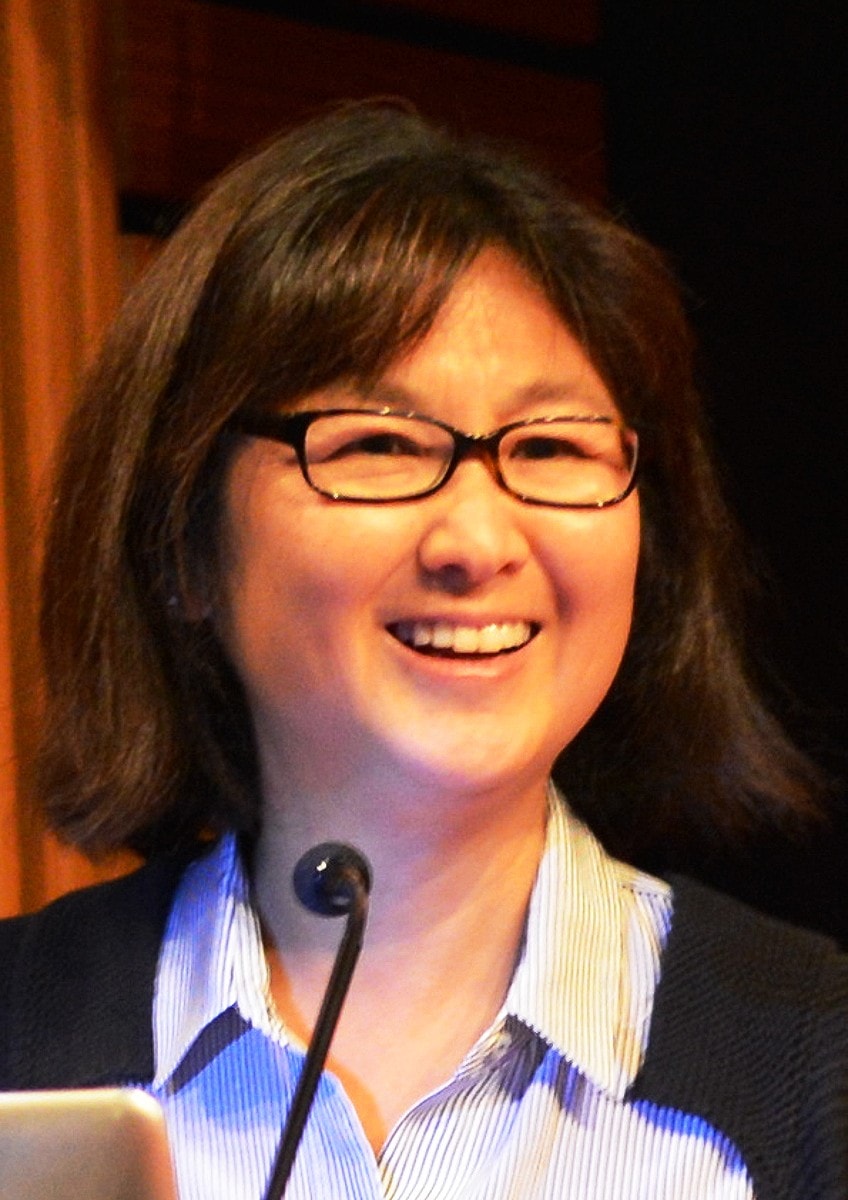
Her family let her keep a pet parrot because she aspired to be a vet or a pet behaviorist. Growing up in the 1970s, conservation was on the increase, and it became an essential part of her mindset. Lin did not fit the normal archetype of the Midwestern adolescent girl in high school. She avoided school dances, football matches, and make-up, and wore her hair straight to her waistline.
Whilst in high school, she enrolled in university-level art classes and started to try new things with bronze casting in the studio. In her leisure time, she went on nature walks, allowing her thoughts to run wild, or she practiced chess with her elder brother.
Lin’s sensitivities as an architect started to emerge as a result of the traditional Chinese beauty of her hometown and the environment of rural Ohio. Elements of her upbringing would reappear in her subsequent writing, particularly in college.
Early Training
Maya Lin finished high school as co-valedictorian in 1977 and then enrolled at Yale University. She first studied biology but quickly shifted her focus to architecture. She was misidentified as a Greenlander, an ethnic minority that faces substantial persecution in Denmark while vacationing in Denmark with a community of Yale students. Lin’s experience was transformative, prompting her to delve further into her Chinese background and explore it more openly in her art.
As a result of this terrible encounter, she grew more concerned with social and racial justice. Lin’s last year at Yale marked the start of her most well-known period.
She joined a contest to create a new Vietnam Memorial for Vietnam in Washington, D.C., and what started as a simple class project for a college senior turned into a life-changing experience. Lin’s design was picked as the best blueprint from 1,400 nameless entries in a national public contest for the monument. It was an extraordinary move, almost unprecedented for a young architect, and not everybody was pleased with it.
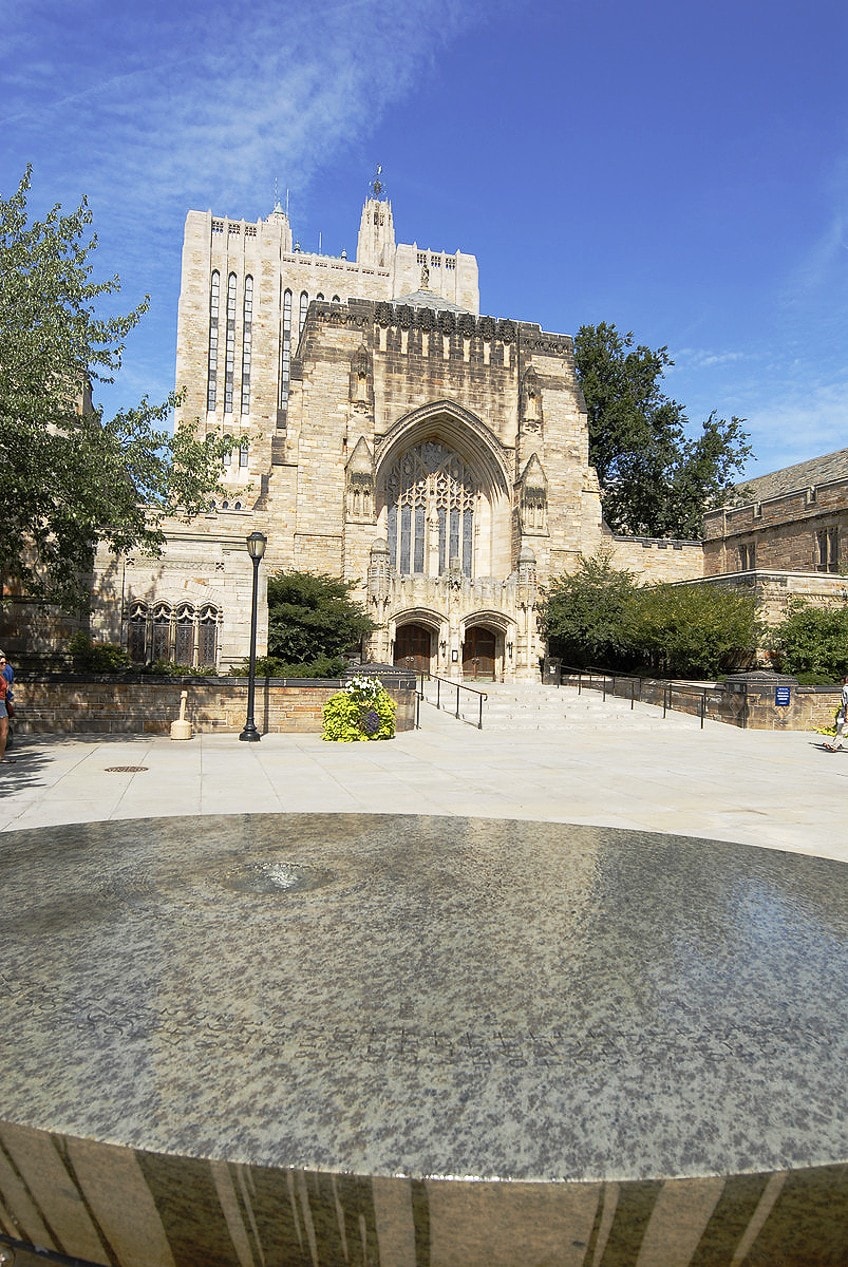
Some Vets, civic groups, and Washington politicians who were not involved with the choice thought that the historic project should not be left to an architect with no proven track record of work completed and no personal correlation to the event. Others suggested that selecting an Asian creator would dishonor the servicemen who died as a direct result of the Vietnamese, exposing openly racist aspects in the debate over the artwork. The college senior was summoned to testify before the United States Congress about her initiative, and notwithstanding her protests, a compromise was reached with the opponents.
A typical bronze monument of soldiers holding the American flag would be erected amid architect Maya Lin’s minimalist design. Lin entered graduate school at Harvard during the construction, but she was bussed down to Washington D.C. so frequently to speak in defense of her project that she couldn’t stay updated with the demands of Harvard life and dropped out after one semester.
She eventually went to Yale and earned her Master’s degree in 1986.
Mature Period
Maya Lin kept building memorials around America after finishing her studies, broadening her profession to include public works and memorials while also working her way into a workshop practice centered on classical sculptures. During these years, her commitment and hard ethic paid off enormously. She has had solo and group exhibits, as well as several honors, teaching positions, and artist residencies. She opened her own workshop in New York and produced a slew of other works.
Lin realized she needed to show herself and everybody that she could do more after creating some well-known memorials. Her fascination with the natural world grew, and she employed the ground and landscape as motifs for her installations and sculptural pieces.
During a camping trip in Colorado in 1996, she sought sanctuary from an electrical storm in a derelict horse trailer, where she encountered her future spouse Daniel Wolf, an art connoisseur, and filmmaker who shared her enthusiasm for art and nature. They got married and still spend their holidays in the horse trailer. They are both rock collectors. Wolf characterizes the two as persons who balance each other’s idiosyncrasies.

Lin had her first baby a year after their wedding, at the age of 38, a girl called India. Lin created their family home during the early stages of parenthood and learned to relax her intense work ethic. She enjoyed living in her own realm as an artist, but as she now had a family, she recognized she needed to broaden her focus. Rachel, their second child, was born in 1999. Lin kept working, receiving honors, and lecturing.
She reconnected to two of her early hobbies, science, and landscapes, in the late 1990s, and started to develop a distinct style employing high-tech sonar resonant scans and satellite and aerial mapping instruments. As she made more and more diverse artworks, her architectural expertise started to expand alongside her talent.
Later Work
Maya Lin’s interest in the environment grows as she develops as an artist. She produces significant works that make use of natural elements, with an emphasis on landscapes. She frequently returns to early hobbies, such as zoology and biology.
While she recognizes that her art will never be able to compete with beautiful nature, she works in tandem with the terrain, exhibiting regard and comprehension of it. Her adventures have led her to some of the world’s most beautiful places.

What is Missing?, her most recent monument reacts to habitat destruction and biodiversity, as well as the looming threat of climate change. The artwork aims to document and conserve our planet’s terrain and wildlife before they go extinct. The monument, which was first displayed on the 17th of September, 2009, is an ongoing effort that extends both physically and online.
Lin is still involved in a variety of projects, developing architectural and sculptural pieces from her New York City studio.
Legacy
Maya Lin’s early popularity allowed her to see how opinions of her work changed radically over time. Her art earned considerable popular praise for stretching the parameters of what constitutes a memorial. Her influence on other designers has been felt across the board, but probably most notably in theoretical sculptures and public artwork. Fallen, a cluster of fall leaves imprinted with the identity of an American soldier slain in Iraq emphasized accumulated loss in a manner reminiscent of Lin. Lin added a new level of humanity to Minimalist art.
Even in the large-scale public works, the earlier, largely male minimalists to whom she is clearly indebted avoided allusions to history. Maya Lin’s artwork, on the other hand, utilizes the force of this stark aesthetic to guide us toward a personal understanding of the influence of historical events.
Maya Lin’s concepts were so far ahead of their time that it took the rest of the world a while to catch up. Critics first misunderstood her demeanor as a literal attempt to downplay the significance of a historic event and the people who served their nation.
Lin finds a remarkable balance as an artist between open-ended thoughts and scientific accuracy. Her stated goal is for her art to create a personalized discussion for each viewer.
Nevertheless, in her compulsive preparation, scientific computation, study, and measuring in preparations for each work, she harkens back to the Italian Renaissance, when technology and artwork were inextricably linked.
Architect Maya Lin’s Sculptures
Despite their extremism, her views did not arise in a vacuum. Lin’s work, by emphasizing the spectator and providing the public with more authority, stands on the shoulders of a long series of artists, from Yoko Ono to Marcel Duchamp, and is part of a general transition in public art towards the close of the 20th century.
Critics first misunderstood her demeanor as a literal attempt to downplay the significance of a historic event and the people who served their nation.
Maya Lin’s Vietnam Memorial, on the other hand, is currently the most frequented memorial in Washington, D.C., far from reducing the remembrance of these heroes. It receives almost 10,000 visitors every day.
Vietnam Veterans Memorial (1982)
| Date Completed | 1982 |
| Medium | Etched Granite |
| Dimensions | 75 m |
| Current Location | Constitution Gardens, Washington DC |
The Vietnam Veterans Memorial, one of the most contentious works of the 1980s, is located on the northwest corner of Washington, D.C.’s National Mall. Two basic polished granite walls drop ten feet below level and connect in a V-shape at a 130-degree angle. Its two ends lead to the Washington Monument and the Lincoln Memorial. Lin intended it to be read “like an epic Greek poetry,” therefore the names of almost 58,000 troops who were slain or proclaimed missing in action are written in the order of execution or absence instead of alphabetically.
A Vietnam soldier may browse for the names of his dead friends at Maya Lin’s monument. During the process, he notices his own reflection in the polished stone.
Her design, a distinct departure from typical monument design with realistic features, contrasts with all other memorials in Washington, D.C. It matches the feelings of Vietnam veteran Jan Scruggs, who funded the initiative and declared in an open call for entries: “We are not attempting to make any judgments on the legitimacy of the war.

Instead, by remembering those who made the ultimate sacrifice, we aim to serve as a beacon of social unity and forgiveness.” Lin’s monument was a gauge of these feelings concerning a war that was hugely unpopular both domestically and overseas. It invites us to pause and consider our options. It explains why anti-war protesters and ex-military men both lost families and acquaintances. It recognizes that each person would react differently, and it collects people in sorrow without teaching them how to make meaning of the military war.
Many viewers were put off by this. When the proposal was approved, the criticism was immediate and ferocious. Those who supported the United States military engagement in Vietnam saw a possible source of criticism in the absence of heroic characters and other clear emblems of valor and sacrifice, and rejected it as a “black scar of shame.”
While its philosophical open-endedness was a source of contention, Lin’s heritage as an Asian American was also raised as a possible basis to disqualify her. Lin had to interrupt her studies as a college student to justify the design, and she was not totally successful.
To appease conservative opponents, Frederick Hartt built three realistic figures holding an American flag across the National Mall beside Lin’s monument in a much smaller, more traditional bronze. Hartt’s sculpture, on the other hand, receives significantly fewer visitors than Lin’s historic building, which was inaugurated on Veterans Day in 1982. It is today recognized as an important milestone in 20th-century art, in addition to being a site of historic reverence and introspection.
Groundswell (1993)
| Date Completed | 1993 |
| Medium | Tempered Safety Glass |
| Dimensions | 25 cm x 48 cm x 53 cm |
| Current Location | Wexner Center, Columbus, Ohio |
Maya Lin’s first significant large-scale sculpture, this sculpture is a permanent structure made out of 43 tons of smashed automotive safety glass. Lin had previously used this substance in smaller-scale creations. This is a site-specific artwork that fills the building’s “throwaway” (as the artist refers to them) areas with recycled safety glass shattered into little shards.
Despite being created of such a rough substance, the shapes inspired a sense of tranquility, like a landscape or ocean. Lin used two types of discarded glass to create a hue that resembled water.
She also drew influence for the artwork from her western and eastern roots, including the Native American burial mounds and Japanese gardens. Lin tried to become more improvisational after the success (and increased expectations) of her early career. She produced only a few sketches before commencing this installation, evoking a ’70s mentality influenced by Eva Hesse, Sol Hewitt, and other artists to whom her work is related, and who focused their completed product on process rather than a preconceived vision of what the work would look like.
Maya Lin and her colleagues used a boom crane to dump bucket after bucket of shattered glass onto the rooftop regions, filling the crevices of the structure until the job was finished. Lin included the entire structure into her design, bringing her holistic vision to all parts of the Wexner Center, a strategy that was completely consistent with her previous work as well as her history as an architect.
Regardless of location, environment, material, or purpose, this work carries the signature of her style as an architect and artist. Her perspective stays comprehensive, empathic, all-encompassing, and critical at all times.
The Wave Field (1995)
| Date Completed | 1995 |
| Medium | Earth and Grass |
| Dimensions | 228 cm x 228 cm |
| Current Location | University of Michigan, Ann Arbor |
This outdoor sculpture project, commissioned for the FXB Aerospace Building, tackles one of Lin’s first and most essential passions: science. The piece is about movement and is inspired by the flow of water. The piece was preceded by three months of research on fluid dynamics, aerodynamics, and turbulence done on-site by the artist. While clearly indebted to previous large-scale Earth Works, Lin’s work’s conceptual and formal qualities are considerably more aligned. It is a perfect 90′-by-90′ grid of rising crests, for instance, mirroring that of a genuinely occurring wave.
Lin chose a wave type that combined all of her previous research interests, involving flight resistance, fluid dynamics, and turbulence.
This charming sculpture, which is practically part of the earth on which the artist constructed it, is both whimsical and intelligent. Walking across it is not the same as looking at it through the glass of one of the next classrooms.
It varies during the day as the sun moves and shadows appear on various portions of it, accomplishing Lin’s purpose of emphasizing the interdependence of art and nature.
Recommended Reading
Today we have looked at Maya Lin’s sculptures as well as our Maya Lin Biography. However, you might like to explore Maya Lin’s artwork and life even further in your own time. In that case, you can have a look at our list of recommended books to help you decide what to purchase.
Maya Lin: Topologies (2015) by Maya Lin
The first comprehensive book on the celebrated American artist and architect, well-known for her environmental works and monuments that exemplify a calm yet compositionally rich minimalism. Maya Lin is one of the 20th century’s most influential public painters. Lin developed the Veterans Memorial as a class project while studying architecture at Yale, and he entered it in the greatest design competition in American history. Her winning idea, a V-shaped wall of black stone carved with the names of 58,000 fallen troops, has since become the country’s capital’s most visited monument.
- The first comprehensive monograph on the artist and architect
- Visually rich volume presents 50 projects from the last three decades
- Features her own sketches and drawings
Maya Lin: Artist-Architect of Light and Lines (2017) by Jeanna Walker Harvey
You’ve probably seen the well-known Vietnam Veterans Memorial. But do you know anything about the artist-architect who designed this iconic structure? Maya Lin was always fascinated by the places around her as a youngster. She roamed her backyard forest to study woodland critters and used her home as a blueprint to construct little villages out of paper and garbage. Maya, the child of a clay artist and a poet, grew up surrounded by art and learning to think with her hands as well as her intellect. This is the narrative of an outstanding American artist who built the Vietnam Veterans Memorial, from her initial experiments with light and lines to the pinnacle of her national achievement.
- Details the bold story of architect Maya Lin
- Covers the life and career of the inspiring American artist
- Textual and visual sparseness that echoes Lin’s minimalist style
Maya Lin, who was born in 1959 in Athens, Ohio, rose to prominence as a senior at Yale University when she won a nationwide competition to design a Vietnam Veterans Memorial to be erected in Washington, DC. She was educated as an architect and artist, and Maya Lin’s sculptures, memorials, and architectural initiatives are all linked by her vision of creating a space for people within the landscape. Maya Lin’s use of a basic, low-slung wall to mirror the shape of the natural surroundings became a defining feature of her work.
Frequently Asked Questions
Who Is Maya Lin?
Architect Maya Lin is an American artist, born in 1959 and hailing from Athens, Ohio. She is known for her sculptures that reflect the surrounding landscape. Maya Lin’s artwork is focused on environmental issues. She is also a Yale-educated artist and architect.
What Is Maya Lin Known For?
Maya Lin is most known for her first work. It was the design of the Vietnam Veterans Memorial. She won the commission through a competition, but due to her Asian heritage, this caused much controversy.
Justin van Huyssteen is a freelance writer, novelist, and academic originally from Cape Town, South Africa. At present, he has a bachelor’s degree in English and literary theory and an honor’s degree in literary theory. He is currently working towards his master’s degree in literary theory with a focus on animal studies, critical theory, and semiotics within literature. As a novelist and freelancer, he often writes under the pen name L.C. Lupus.
Justin’s preferred literary movements include modern and postmodern literature with literary fiction and genre fiction like sci-fi, post-apocalyptic, and horror being of particular interest. His academia extends to his interest in prose and narratology. He enjoys analyzing a variety of mediums through a literary lens, such as graphic novels, film, and video games.
Justin is working for artincontext.org as an author and content writer since 2022. He is responsible for all blog posts about architecture, literature and poetry.
Learn more about Justin van Huyssteen and the Art in Context Team.
Cite this Article
Justin, van Huyssteen, “Maya Lin – A Look at the Life and Works of Architect Maya Lin.” Art in Context. May 5, 2022. URL: https://artincontext.org/maya-lin/
van Huyssteen, J. (2022, 5 May). Maya Lin – A Look at the Life and Works of Architect Maya Lin. Art in Context. https://artincontext.org/maya-lin/
van Huyssteen, Justin. “Maya Lin – A Look at the Life and Works of Architect Maya Lin.” Art in Context, May 5, 2022. https://artincontext.org/maya-lin/.






